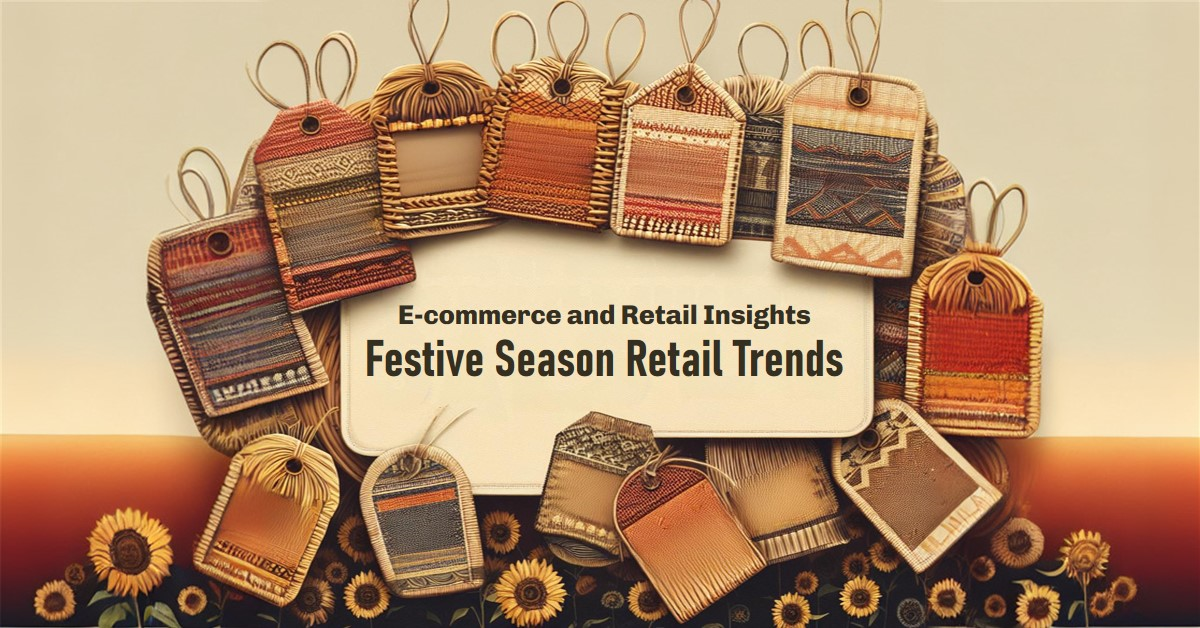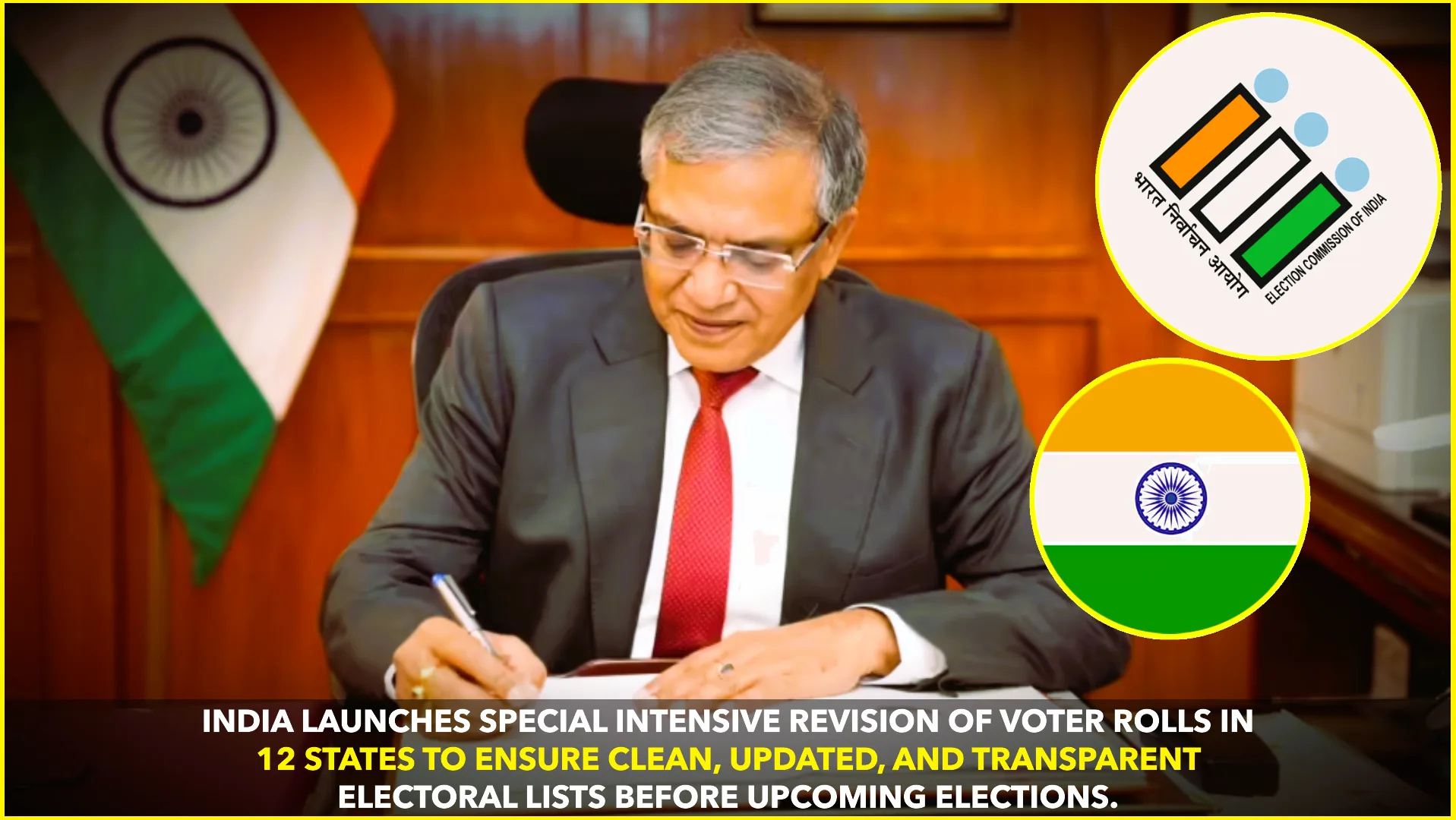India’s festive season, which includes major celebrations like Diwali, Christmas, and New Year, is one of the most significant periods for the economy. It not only stimulates consumer spending but also boosts various sectors such as retail, e-commerce, travel, and small businesses. As the nation gears up for this annual economic surge, it is essential to analyze the latest retail and e-commerce trends and understand how these festive shopping behaviors influence different parts of the economy.
Festive Season: A Crucial Economic Driver
The Indian festive season is synonymous with heavy consumer spending. From traditional shopping for clothes and gifts to an increasing trend toward big-ticket purchases like electronics and automobiles, the festive period is when most families make significant purchases. Additionally, it is a time when businesses invest in marketing and promotions to capture consumer attention, leading to a dynamic economic environment.
Retail Trends: A Shift Towards Omnichannel Shopping
In recent years, Indian consumers have increasingly adopted an omnichannel approach to shopping. While the COVID-19 pandemic accelerated the shift towards e-commerce, physical retail has experienced a resurgence as people return to in-store shopping for a more tactile experience. However, a hybrid model is now emerging, where consumers research products online and complete purchases in physical stores or vice versa.
Increased Sales in Brick-and-Mortar Stores
Despite the growth of e-commerce, physical stores still dominate festive shopping, particularly for traditional items such as clothing, jewelry, and home décor. Retailers have reported a significant increase in footfalls, as consumers prefer the in-store experience for certain categories. During the Diwali season, for example, many families prefer to visit jewelry stores to buy gold and silver items, which are considered auspicious. This has led to a rise in sales for brick-and-mortar stores, especially in the luxury segment.
Moreover, the festive season provides opportunities for small businesses and local retailers to thrive. As shoppers look for unique and traditional gifts, many small retailers offering handmade or customized products see a surge in demand.
E-commerce Dominance in Certain Categories
On the other hand, e-commerce platforms continue to dominate in categories like electronics, fashion, and home appliances. Major platforms like Amazon and Flipkart typically launch their festive season sales weeks before Diwali, creating a buzz with heavy discounts and exclusive offers. This period often accounts for a substantial portion of their annual sales.
According to reports, e-commerce platforms recorded a 30% year-on-year growth in sales during the 2023 festive season, a trend expected to continue in 2024. Factors contributing to this growth include an increase in internet penetration, digital payment adoption, and logistical improvements.
Consumer Behavior: Early Shopping Trends and Preferences
The festive season traditionally kicks off with Navratri and Dussehra, followed by Diwali and Christmas. However, in recent years, there has been a trend toward early festive shopping, with many consumers beginning their purchases in the months of August and September. This shift is driven by several factors, including early-bird offers from e-commerce platforms, concerns over product availability, and an increasing preference for spreading out expenses over a few months.
Discounts and Offers as Key Drivers
Discounts remain a significant driver of consumer behavior during the festive season. E-commerce giants and physical retailers alike roll out exclusive offers, no-cost EMIs, and cashback schemes to lure shoppers. This period sees a surge in the purchase of big-ticket items like smartphones, laptops, and large appliances. In fact, many consumers postpone such purchases until the festive season to take advantage of discounts.
Additionally, loyalty programs and targeted digital marketing have been effective in driving customer engagement. Retailers are increasingly using personalized offers, informed by consumer behavior data, to convert leads into sales.
Impact of Inflation on Festive Spending
Despite the festive cheer, inflationary pressures have impacted consumer spending behavior in India. Rising prices for essential commodities, fuel, and housing have forced many households to prioritize their expenditures. While luxury goods and high-end electronics may still see robust demand, mid-range and budget-conscious shoppers are likely to be more conservative.
However, buy-now-pay-later (BNPL) schemes and no-cost EMI offers are gaining popularity as consumers look for ways to ease the financial burden of festive shopping. This trend reflects a broader shift towards credit-based purchases during the festive period.
E-commerce Giants: Their Role in Festive Shopping
India’s e-commerce giants like Amazon and Flipkart are integral to the festive shopping ecosystem. Their festive season sales, such as The Big Billion Days (Flipkart) and The Great Indian Festival (Amazon), offer discounts across a wide range of product categories. These platforms utilize various strategies, including celebrity endorsements, influencer marketing, and regional language advertisements to appeal to India’s diverse consumer base.
The Rise of Tier 2 and Tier 3 Markets
One of the most significant trends in recent years is the growing contribution of Tier 2 and Tier 3 cities to e-commerce sales. As internet penetration and smartphone usage increase in smaller towns, these regions have emerged as critical growth areas for online retailers. E-commerce platforms have responded by enhancing their logistical capabilities, ensuring faster deliveries even in remote areas, and tailoring their marketing strategies to resonate with regional audiences.
For example, Flipkart’s localized marketing during the festive season, including campaigns in local languages and region-specific promotions, has been highly effective in capturing the attention of consumers outside metropolitan areas. Additionally, e-commerce platforms have expanded their product offerings in categories like ethnic wear, which is popular during festivals, to cater to these markets.
Travel Trends: Domestic and International Surge
The festive season also sees a surge in domestic and international travel. With families reuniting for celebrations, domestic travel, particularly by air and rail, witnesses a substantial increase. Popular travel destinations like Goa, Rajasthan, and Kerala often see high tourist traffic during Diwali and Christmas vacations.
Domestic Tourism Boost
Domestic tourism receives a significant boost during the festive period. Families take advantage of the holidays to visit relatives or go on short vacations. Additionally, travel companies and airlines roll out festive season offers, providing discounts on flight tickets, hotel bookings, and vacation packages.
For instance, several airlines and travel agencies offer Diwali and Christmas-specific discounts, which help boost the overall travel industry during this time. However, rising fuel prices and inflationary trends may slightly dampen this year’s travel demand.
International Travel Recovery
Post-pandemic, international travel is also witnessing a recovery, with more Indians choosing to spend the festive season abroad. Popular international destinations during this time include Dubai, Singapore, and Thailand, which offer attractive travel packages.
While the demand for international travel has picked up, challenges such as fluctuating exchange rates and inflation in some regions have influenced travel budgets. However, travel companies continue to leverage the festive season to offer special deals, ensuring that international tourism remains a part of the festive economic surge.
Impact on Small Businesses: Opportunities and Challenges
The festive season represents a golden opportunity for small and medium-sized businesses (SMBs). From local artisans selling handicrafts to small-scale retailers in rural areas, many businesses see their profits soar during the festive period. These businesses often benefit from the heightened demand for handmade gifts, ethnic clothing, and traditional home décor.
E-commerce as an Enabler for Small Businesses
With the rise of e-commerce platforms such as Amazon, Flipkart, and niche platforms like Meesho, small businesses now have access to a wider audience than ever before. Many small businesses use these platforms to showcase their products and participate in festive season sales, gaining national visibility.
However, competition is fierce, and small businesses face the challenge of pricing their products competitively while still maintaining profit margins. Moreover, they often need to invest in digital marketing and advertising to stand out in a crowded marketplace. For many small businesses, participation in the festive economy requires a balance between investment and return, as the costs associated with online sales can be prohibitive for some.
The Rise of Direct-to-Consumer (D2C) Brands
Another trend benefiting small businesses is the growth of Direct-to-Consumer (D2C) brands. During the festive season, many D2C brands in sectors such as beauty, personal care, and apparel see a spike in sales. These brands bypass traditional retail channels, selling directly to consumers through their websites or social media platforms.
D2C brands are particularly popular with younger consumers who value niche, eco-friendly, and personalized products. The festive season offers these brands an opportunity to capture a larger market share, especially with targeted festive marketing campaigns on platforms like Instagram and Facebook.
Conclusion: The Road Ahead
India’s festive season remains a pivotal period for economic activity, providing a much-needed boost to retail, e-commerce, and travel sectors. While inflationary pressures and global economic challenges may temper consumer spending, innovative strategies like omnichannel retailing, personalized offers, and BNPL schemes are helping to maintain consumer enthusiasm.
For businesses, particularly in the e-commerce and small business sectors, the festive season offers a wealth of opportunities to engage with a broad and diverse consumer base. By leveraging the power of digital marketing, data analytics, and logistical improvements, businesses can continue to thrive during this crucial period.
As the festive season evolves, with consumers adopting new shopping behaviors and preferences, businesses must remain agile and responsive to maximize their potential in this lucrative market. Whether through innovative promotions, omnichannel strategies, or tailored product offerings, the festive season is poised to remain a cornerstone of India’s economic landscape.
Internal Links:
- Strategies for Small Businesses to Reduce Carbon Footprint
- Top Marketing Automation Tools for Small Businesses
External Links:










